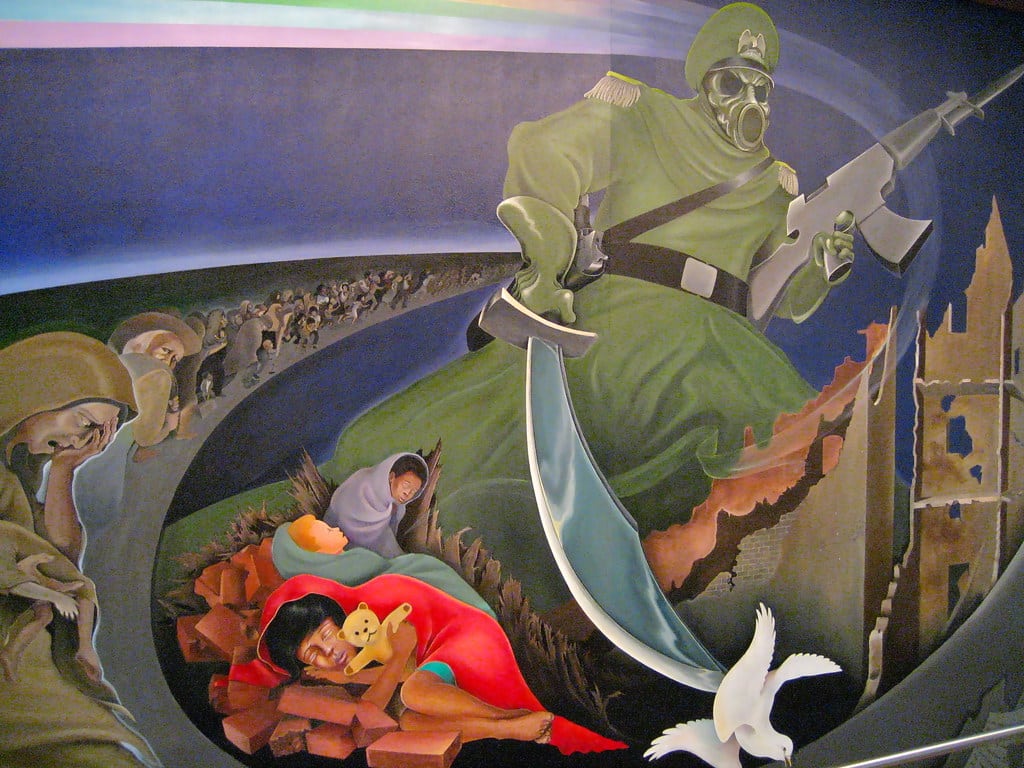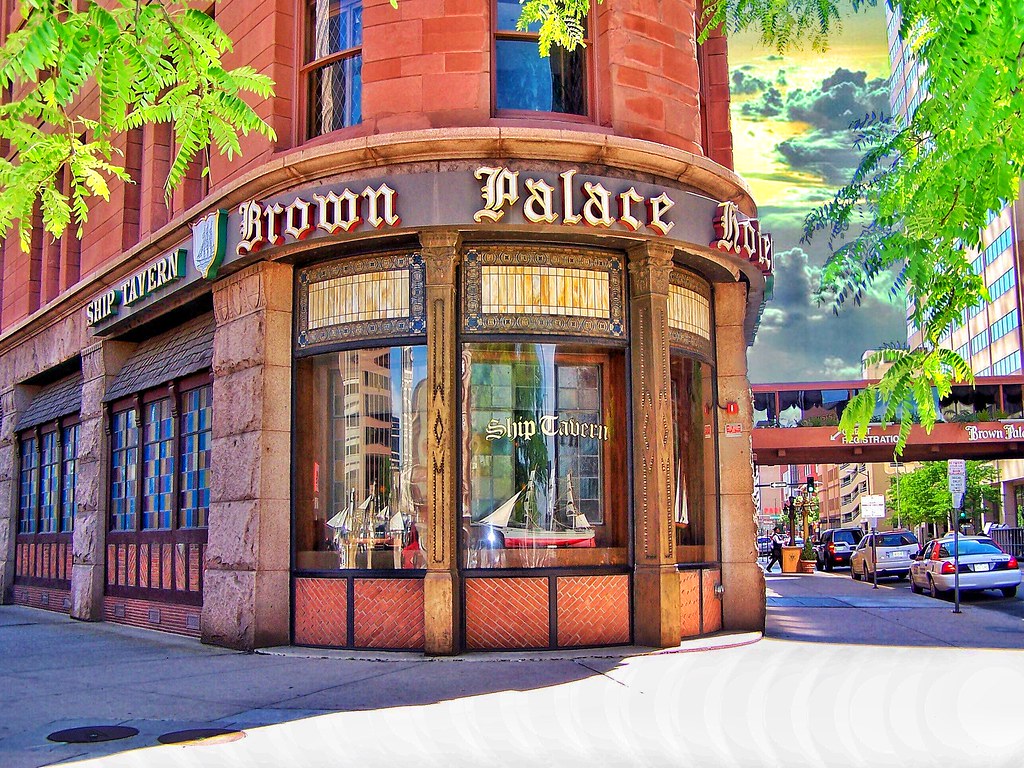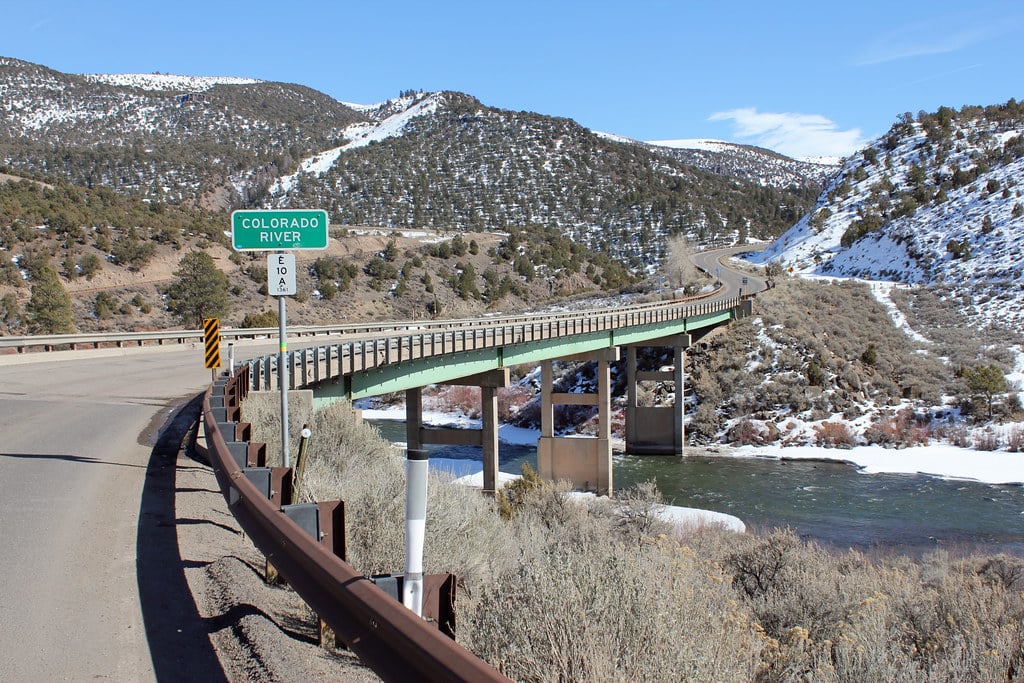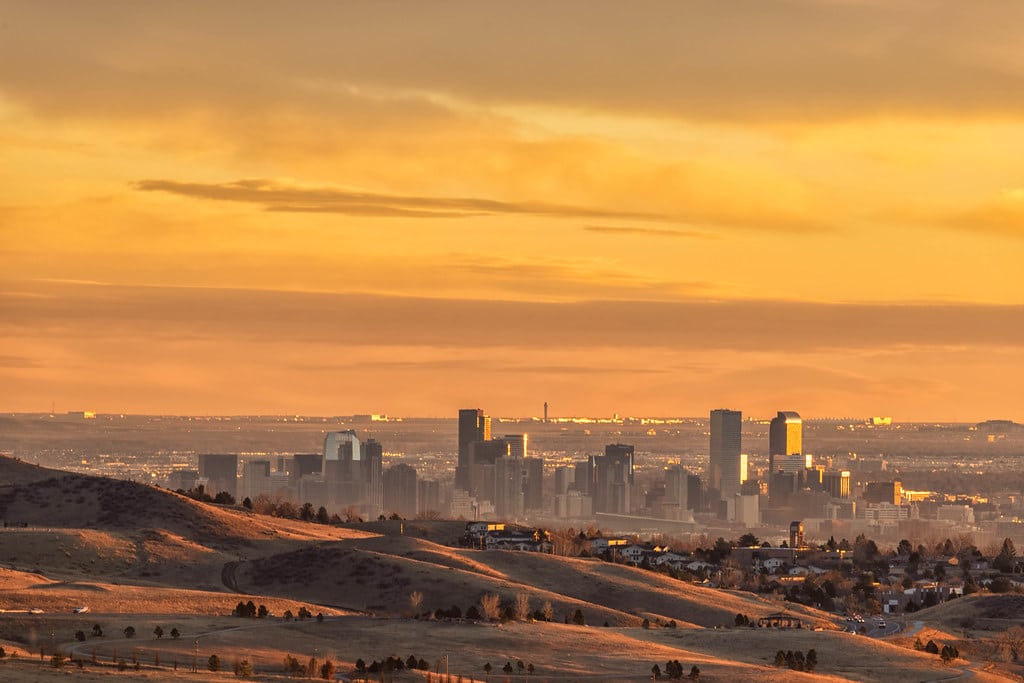The Denver International Airport (DIA) is home to many controversial art pieces. Two of which are giant murals painted by artist Leo Tanguma. These murals show themes of peace, caring for the environment, and different cultures living together. Some people find the murals interesting, but others think they look scary for an airport.
Many conspiracy theories have come up because of the dramatic pictures in the murals. Some think the murals hint at a secret world government, predict the world’s end, or hide underground bunkers for important people. However, the artist and airport officials say these theories aren’t true.
Table of Contents
Introduction to the Denver airport murals
The Denver International Airport (DIA) is one of the biggest airports in the United States, but it’s known for more than just its runways and terminals. Inside the airport are two murals painted by Texan muralist Leo Tanguma that have caught a lot of attention and caused some controversy. Both are in the east and west baggage claims outside the Great Hall. These murals show scenes about peace, caring for the environment, and different cultures living together. However, the bright and sometimes scary pictures have led to many rumors and conspiracy theories.
These murals are more than just art. They mix art, public spaces, and popular culture. Because of their pictures, the murals have been discussed extensively in the media and on social networks. People have different ideas about what the murals mean and what the artist was trying to say.
Background and History
The Denver International Airport (DIA) opened on February 28, 1995, taking over from the Stapleton International Airport as Denver’s main airport. Covering over 33,000 acres, it is the largest airport in the United States by land area (and the second largest in the world) and one of the busiest in the world. Designed by architect Curtis Fentress, DIA is famous for its tent-like roof that resembles the nearby Rocky Mountains. Building DIA was a huge project that cost about $4.8 billion and took five years to finish. Despite problems with going over budget and delays, the airport is now a key hub for travel within the United States and internationally.
Artist Leo Tanguma
Leo Tanguma, a well-known Chicano muralist, painted the DIA murals. Born in Beeville, Texas, in 1941, Tanguma’s art focuses on social justice, showing his experiences and the struggles of different communities. His murals tell stories using bright images and symbols, often dealing with important historical and current issues. Before the DIA murals, Tanguma created many public art pieces across the United States with messages of hope, unity, and strength.
Commission and Creation of the Denver airport murals
The Denver International Airport asked Tanguma to create murals in the early 1990s as part of its plan to include cultural and artistic elements in the airport. Tanguma suggested two large murals: “Children of the World Dream of Peace” and “In Peace and Harmony with Nature.” These murals show ideas of world unity and taking care of the environment. This fits with the airport’s goal of promoting cultural awareness and conversation.
Tanguma used acrylic paints and fresco techniques, carefully painting each panel over several months. The murals cover more than 2,000 square feet together and are some of DIA’s largest public art pieces. Even though they were approved at first, the murals quickly sparked public debate because of their bold and sometimes unsettling images.
Description of the Murals
“Children of the World Dream of Peace”
The mural “Children of the World Dream of Peace” is split into two parts. The first part shows a dark scene of war and suffering. In the middle is a soldier wearing a gas mask and holding a sword, with sad children around him. The background shows ruined buildings and a gloomy atmosphere. The second part of the mural is much brighter, showing a peaceful world. Children from different cultures happily gather together, showing global harmony and peace. A rainbow stretches across the scene, symbolizing hope and unity.
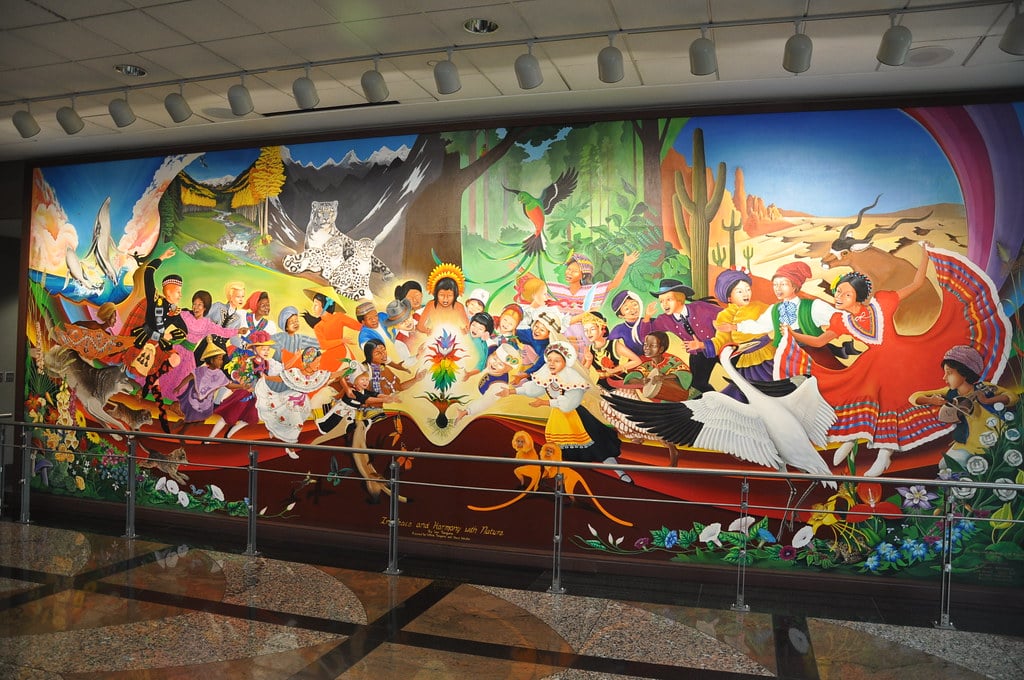
“In Peace and Harmony with Nature”
“In Peace and Harmony with Nature” also has two contrasting scenes. The first part shows the world an environmental crisis. Forests are on fire, animals are trapped in glass cages, and children are sad about the destruction of nature. This dark image shows what happens when we don’t care for the environment. The second part of the mural is more hopeful. It shows children from different backgrounds working together to heal the planet. They are planting trees and celebrating nature’s beauty, highlighting the importance of working together to protect the environment.
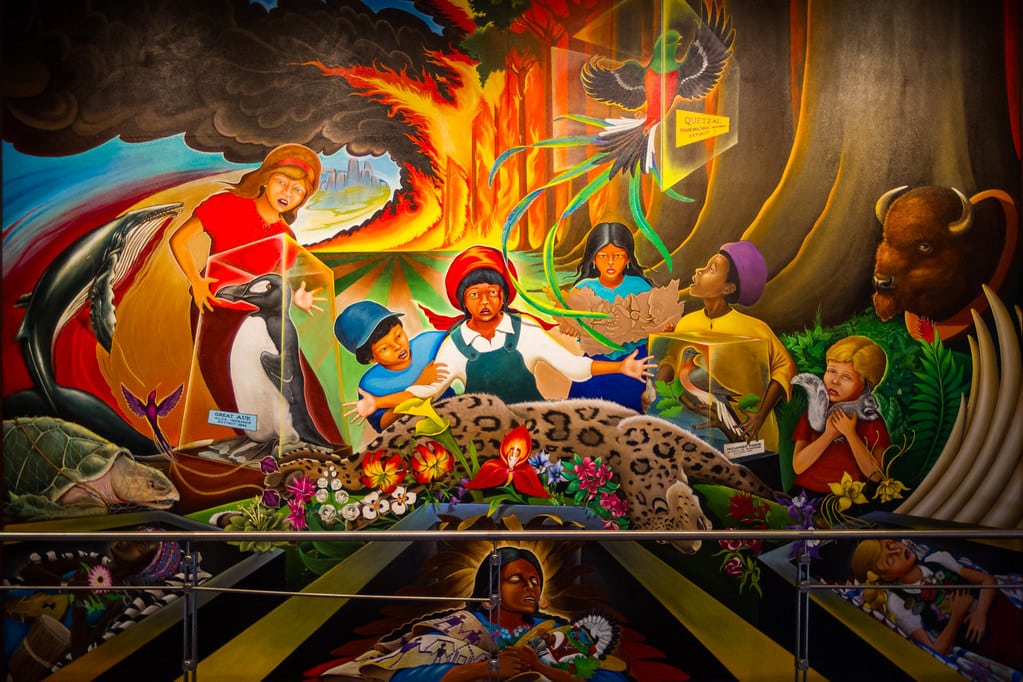
Common Themes
Both murals show themes of peace, war, caring for the environment, and cultures working together. Tanguma aimed to highlight humanity’s problems and their solutions through collaboration. The murals use strong contrasts and symbols, like rainbows and diverse children groups, to convey hope and resilience.
Public Reception and Criticism
When the murals were first revealed, they received strong public and media reactions. Many praised them for their bold and thought-provoking content, saying they could start essential conversations about global issues. However, some people thought the murals were unsuitable for an airport, where travelers might want a more calming and neutral environment.
Controversies and Criticisms
Some parts of the murals, like the soldier wearing a gas mask and the scenes of destruction, caused a lot of controversy. Critics said these images were too dark and disturbing for an airport and might make passengers uncomfortable. The murals’ stark contrasts and dramatic themes led to debates about whether they were appropriate and what messages they were sending.
Ongoing Public Perception
Over time, how people see the murals has changed. While initial reactions were mixed, many people now appreciate the murals’ artistic quality and the important themes they address. The murals have become cultural landmarks at the Denver airport, attracting the interest of travelers, art enthusiasts, and conspiracy theorists.
The Conspiracy Theories
The Denver International Airport (DIA) murals have become the subject of many conspiracy theories. People have different ideas about what the artwork means and if it has hidden messages. Some extreme theories have even accused the artist, Leo Tanguma, of supporting the 9/11 terror attacks. More recently, others have claimed that the murals predicted the COVID-19 pandemic.
New World Order
One of the most common theories is that the murals symbolize the New World Order, a secretive global power aiming to control the world. People who believe this theory think the murals show a future where one world government rules everything, with the images of children from different cultures representing the takeover of diverse populations under one regime.
Some people link the murals to the Illuminati and Freemasonry, secret societies rumored to influence world affairs significantly. They point to symbols and references in the murals and the airport’s design as evidence of these connections. For example, the cornerstone with a Freemason plaque has added to these speculations.
Swastika Runway Theory
Some people believe the runways at Denver International Airport (DIA) are arranged to look like a swastika, suggesting a fascist connection. However, the real reason for the runway layout is practical: it allows multiple planes to take off and land simultaneously and helps the airport operate smoothly in bad weather. While the layout might vaguely resemble a swastika, this pattern only appears if you selectively ignore parts of the design. On closer inspection, the supposed swastika shape doesn’t hold up, showing that this theory is not as strong as it seems.
Apocalyptic Visions
Another popular theory is that the murals predict apocalyptic events. The scenes of war, environmental destruction, and suffering are seen as visions of future disasters. Supporters of this theory believe the murals are warnings of global catastrophes, reinforcing fears of the world’s end.
Denver Airport Coordinates Misinterpretation
Some people believe the coordinates from the 1977 movie Close Encounters of the Third Kind point to Denver International Airport (DIA), suggesting a mysterious prediction of its future location. However, a closer look reveals that the coordinates point to Ault, Colorado, which is over 65 miles away from DIA. This distance makes the theory unlikely, as Ault is too far from the airport to make the claim accurate.
Underground Bunkers
There is also a theory about underground bunkers at DIA, suggesting that the airport was built with secret facilities for the global elite to use in case of a major disaster. People who believe this theory think the murals are clues pointing to these hidden bunkers, suggesting a more sinister purpose behind the airport’s construction. Lizard people, reptoids, and/or evidence of aliens are also thought to be lurking down there.
Other controversial works of art
One of the most famous artworks at Denver International Airport (DIA) is the 32-foot-tall blue mustang statue, nicknamed “Blucifer.” Created by Luis Jiménez, “Blucifer” has eerie red eyes and has been linked to Satan and evil due to its scary appearance and the fact that Jiménez died during its construction.
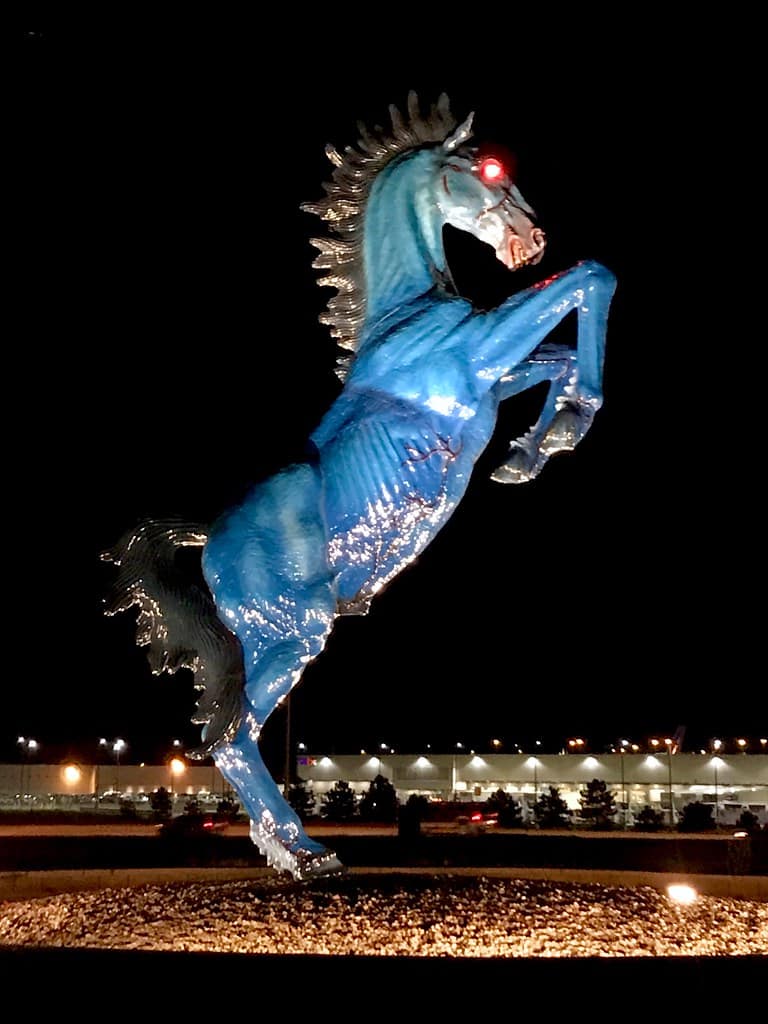
Other artworks at DIA have also sparked conspiracy theories. Strange gargoyles are rumored to be connected to Satanism, and there are claims of hearing Native American music at night, leading to suspicions that the airport was built on a sacred Indigenous burial ground.
Debunking the Theories
Despite the wide spread of these theories, no credible evidence supports them. Tanguma has repeatedly said his murals are meant to share messages of peace, caring for the environment, and cultural unity. Airport officials have also denied claims of secret bunkers and hidden agendas, emphasizing that the murals are artistic and symbolic. Investigations and expert analyses have no solid proof to support the conspiracy theories.
Conclusion
The Denver Airport murals by Leo Tanguma are large, detailed artworks that have both fans and critics. They show scenes about peace, caring for the environment, and different cultures living together. These murals have made a big impact, sparking lots of discussions and interest from the public.
The ongoing interest in the DIA murals shows how powerful art can be. Art can make people think and see things in new ways. It’s important to look at these murals with an open mind. By thinking about the themes of peace, unity, and the environment, we can better understand the important messages they carry.
For those interested in the Denver International Airport murals and the conspiracy theories surrounding them, there are several notable books and resources worth exploring:
Recommended Reads
1. “Weird Colorado: Your Travel Guide to Colorado’s Local Legends and Best Kept Secrets” by Wesley Treat

– This book explores the strange and unusual aspects of Colorado, including the conspiracy theories about the Denver International Airport. It’s a fun and informative guide to the state’s oddities and mysteries.
2. “Conspiracies Declassified: The Skeptoid Guide to the Truth Behind the Theories” by Brian Dunning
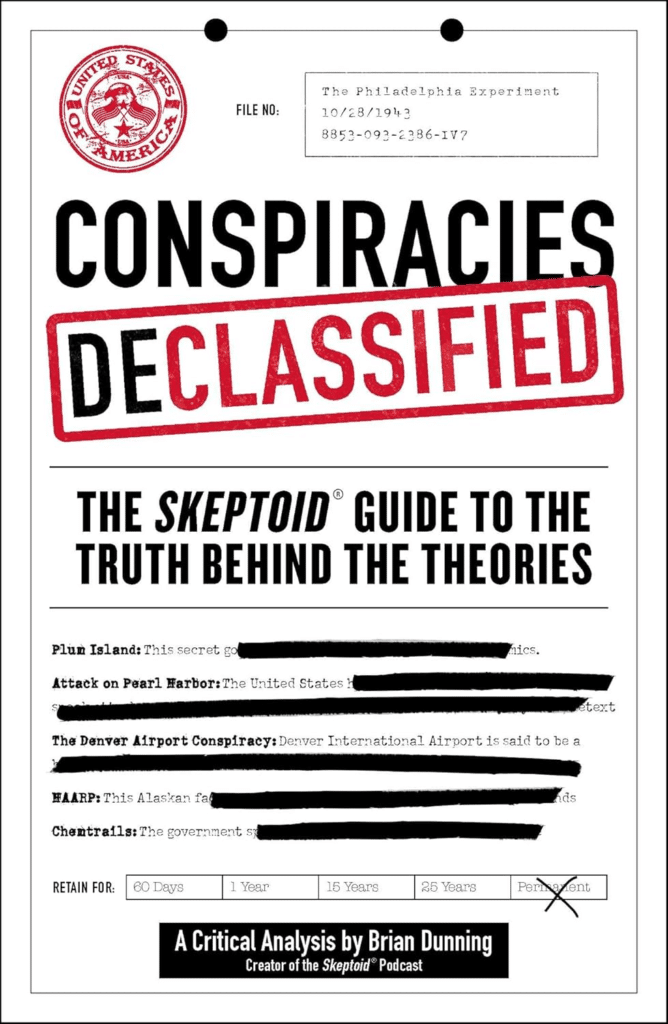
– While not solely about the DIA, this book debunks many popular conspiracy theories, including those related to the airport. It provides a skeptical and factual perspective on various myths.
3. “The World’s Greatest Conspiracies: History’s Biggest Mysteries, Coverups, and Cabals” by Jonathan Vankin and John Whalen

– This book explores various conspiracy theories from around the world, including those linked to the Denver International Airport. It offers historical context and analysis of these theories.
4. “Conspiracy Theories: The Denver International Airport, HAARP, and the Georgia Guidestones” by J.A. Jack
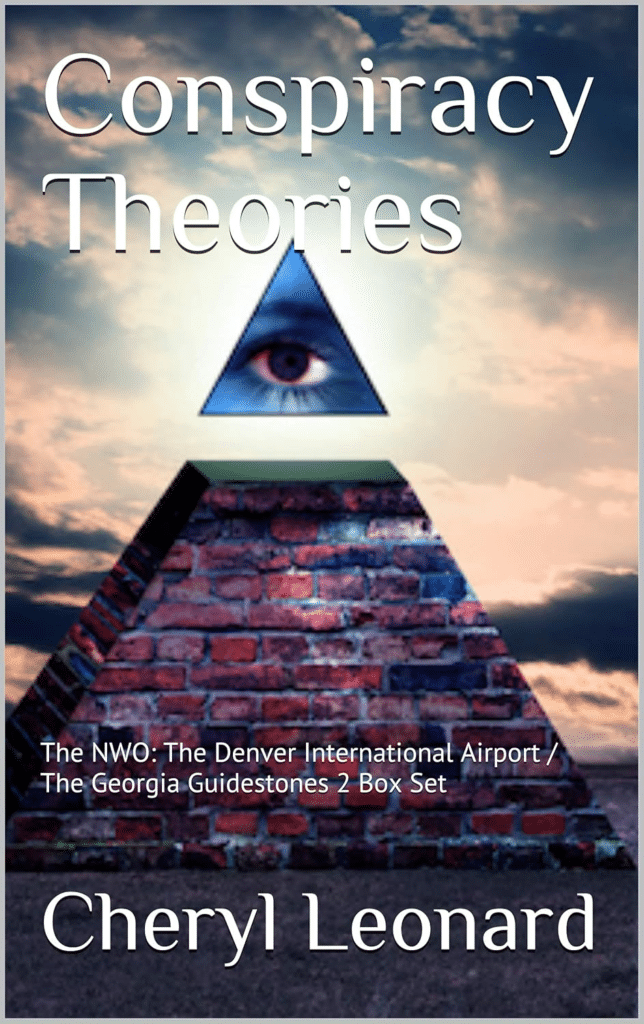
– This book delves into some of the most intriguing conspiracy theories, including those surrounding the Denver International Airport. It offers a comprehensive look at the myths and speculations related to the airport and other mysterious sites.

